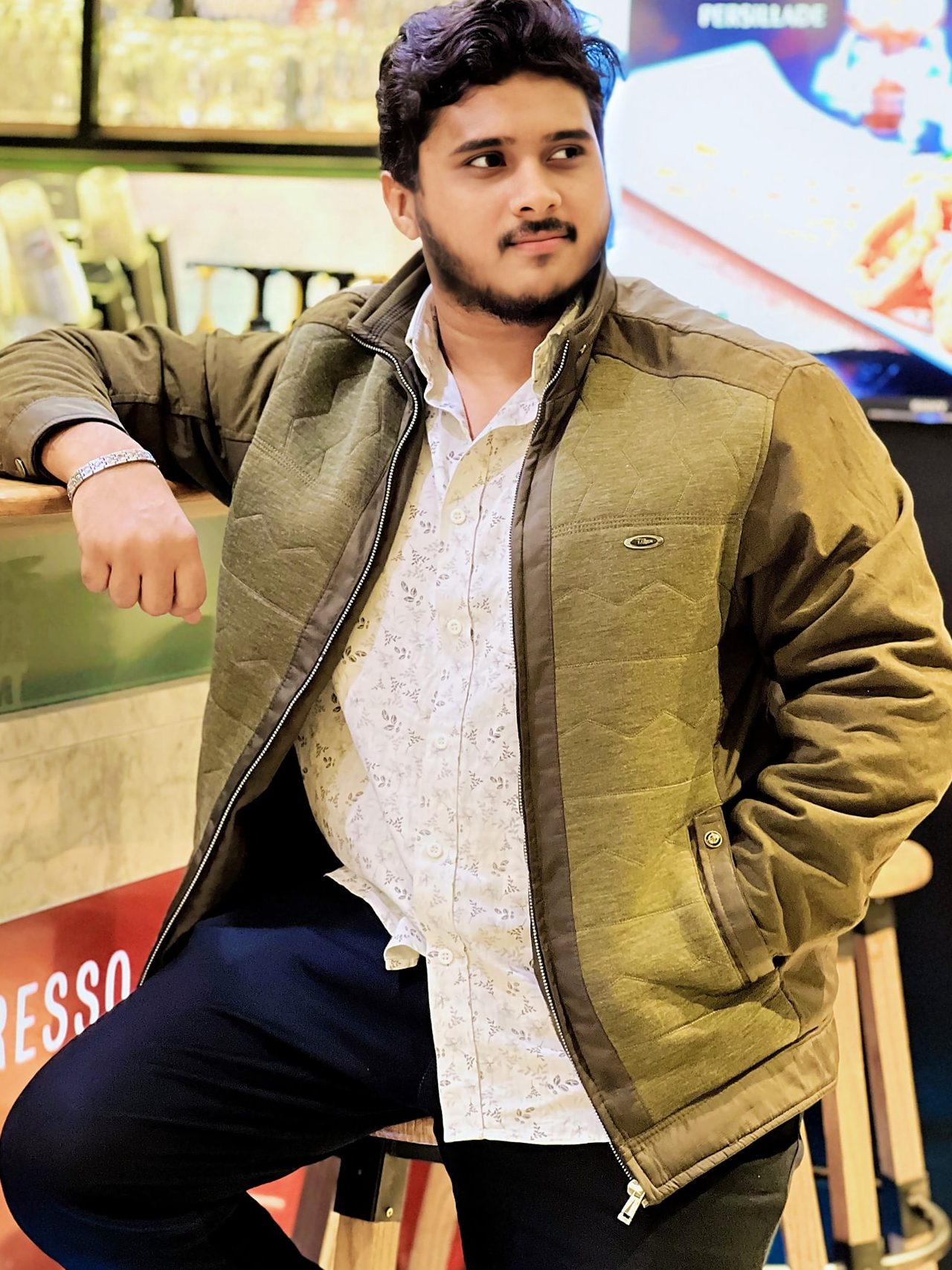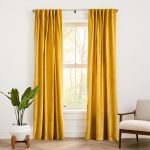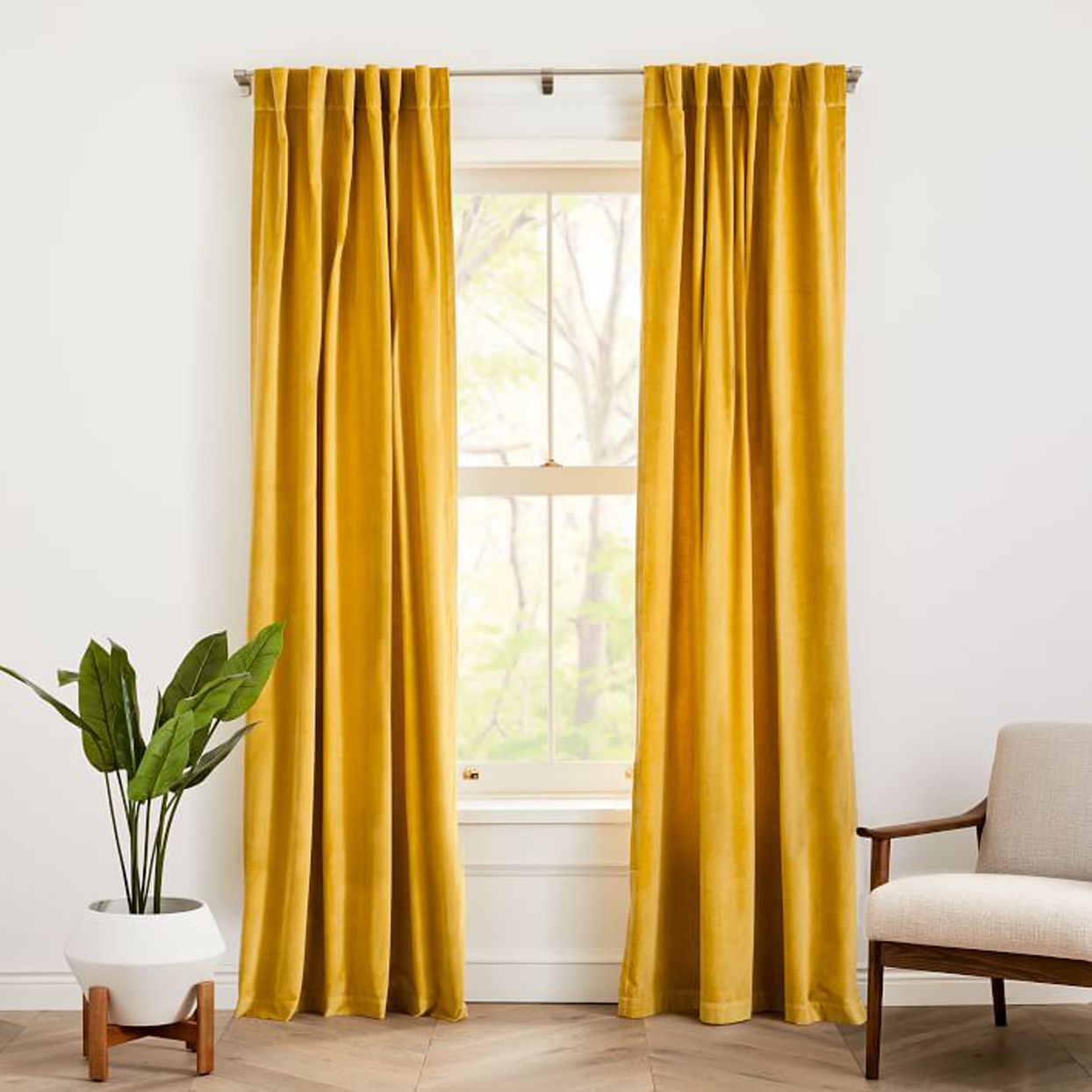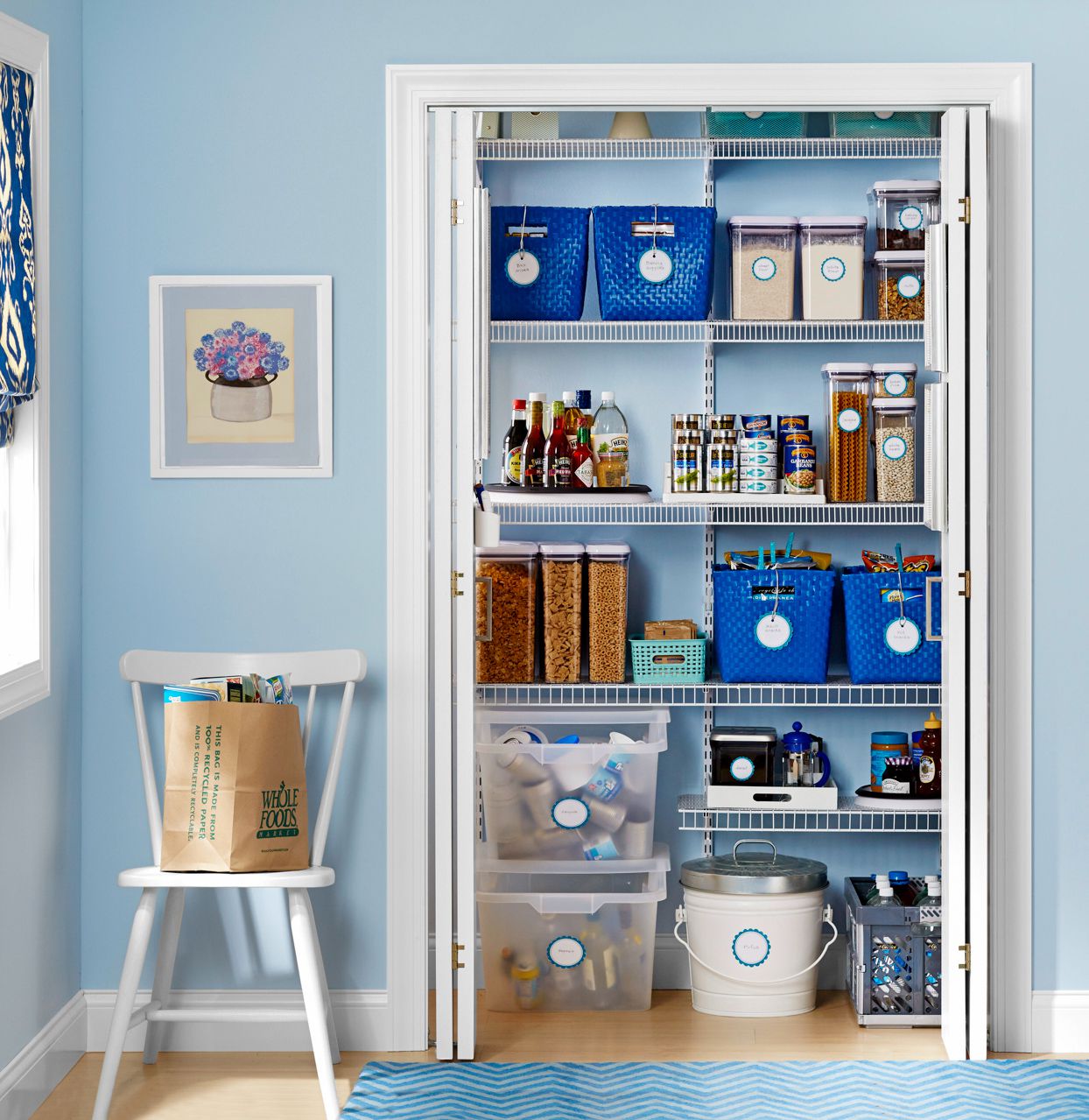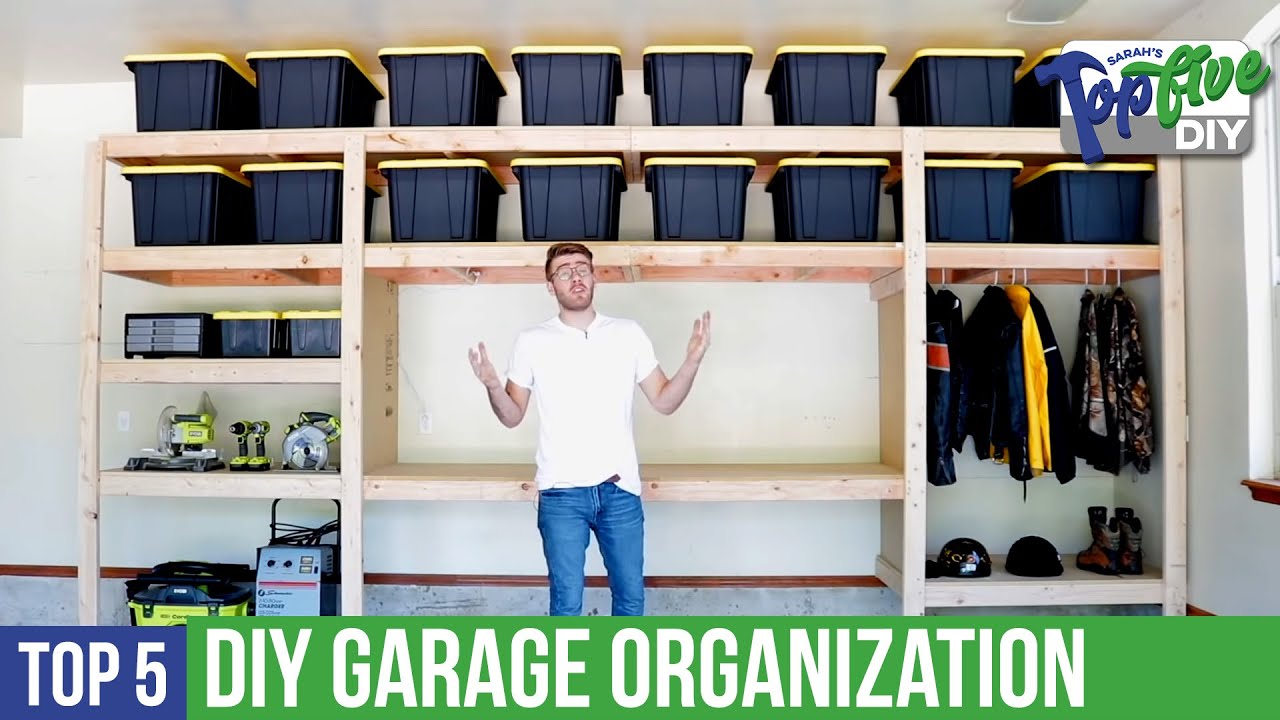
You can create various DIY textile projects with fabric, from tote bags to pillow covers. Easy Things to Make With Fabric these projects are fun and beginner-friendly.
DIY textile projects offer a fantastic way to express creativity while crafting useful items. With just a few materials and some basic sewing skills, you can make personalized gifts or home decor. Common projects include tote bags, pillow covers, and simple clothing items.
These activities not only enhance your sewing abilities but also provide a sense of accomplishment. Plus, using fabric scraps can be eco-friendly, reducing waste and promoting sustainability. Whether you’re a novice or an experienced crafter, there’s always something new to learn and create in the world of DIY textile projects.
Introduction To Diy Textile Projects
DIY textile projects are fun and creative activities. You can make many beautiful things with fabric. DIY stands for Do It Yourself. It means you create something using your hands. In this blog, we will explore easy things to make with fabric.
Why Choose Fabric?
Fabric is a versatile material. You can find it in many colors and patterns. It is also soft and easy to work with. Here are some reasons to choose fabric for your DIY projects:
- Affordable: Fabric is often cheap and easy to find.
- Variety: There are many types of fabric like cotton, silk, and wool.
- Durable: Fabric can last a long time with proper care.
- Recyclable: You can use old clothes to create new items.
Benefits Of Diy Projects
DIY projects have many benefits. They can help you in different ways. Here are some benefits:
- Creative Expression: You can show your creativity by making unique items.
- Skill Development: You learn new skills like sewing and cutting.
- Cost-Effective: DIY projects can save you money.
- Personalized Gifts: Homemade items make great gifts for friends and family.
| Benefit | Description |
|---|---|
| Creative Expression | Show your creativity by making unique items. |
| Skill Development | Learn new skills like sewing and cutting. |
| Cost-Effective | Save money with DIY projects. |
| Personalized Gifts | Make great gifts for friends and family. |
Essential Tools And Materials
Creating DIY textile projects can be incredibly rewarding. To get started, you’ll need the right tools and materials. This guide will outline the essential tools and materials you’ll need for your fabric adventures.
Basic Sewing Tools
Having the right tools makes your DIY projects easier. Here’s a list of basic sewing tools you should have:
- Sewing Machine: Speeds up your projects.
- Needles: For hand and machine sewing.
- Scissors: Sharp fabric scissors are a must.
- Pins: Hold pieces of fabric together.
- Measuring Tape: Ensures accurate measurements.
- Seam Ripper: Fixes mistakes quickly.
- Iron: Presses seams and fabric.
Must-have Fabrics
Choosing the right fabric is crucial. Here are some must-have fabrics for your DIY projects:
| Fabric Type | Uses |
|---|---|
| Cotton | Great for quilts, clothes, and home decor. |
| Felt | Perfect for crafts and decorations. |
| Fleece | Ideal for blankets and cozy wear. |
| Denim | Good for durable projects like bags. |
| Silk | Best for elegant clothing and accessories. |
Having these fabrics on hand will make your projects easier. Stock up and get ready to create!
Simple Sewing Techniques
Sewing can be simple and fun. With basic sewing techniques, you can make many things. This section covers simple sewing techniques for DIY textile projects.
Basic Stitches
Basic stitches are the foundation of sewing. Learn these, and you can sew almost anything.
- Running Stitch: This is a simple stitch. Move the needle up and down through the fabric.
- Backstitch: This stitch is strong. It goes back one stitch length and then forward two.
- Whipstitch: Use this stitch to sew edges together. It goes over the edge from one side to the other.
Hemming And Seaming
Hemming and seaming are essential for finishing your projects. They make your work look neat and professional.
| Technique | Description |
|---|---|
| Hemming | Fold the edge of the fabric and sew it down. This prevents fraying. |
| Seaming | Sew two pieces of fabric together. Use a seam allowance for strength. |
Here are the steps for hemming:
- Fold the edge of the fabric by 1/4 inch.
- Fold it again by 1/4 inch to hide the raw edge.
- Sew close to the folded edge.
Here are the steps for seaming:
- Place the fabrics right sides together.
- Sew along the edge with a 1/2 inch seam allowance.
- Press the seam open or to one side.
Practice these simple sewing techniques to improve your skills. You’ll be ready to tackle any DIY textile project!
No-sew Projects
Do you love crafting but hate sewing? No-sew projects are perfect for you! With simple tools like fabric glue and iron-on designs, you can create beautiful fabric items without sewing a single stitch. Let’s explore some exciting no-sew projects that you can easily make at home.
Fabric Glue Crafts
Fabric glue is a lifesaver for quick and easy textile projects. Here are some ideas:
- Customized Tote Bags: Use fabric glue to attach decorative patches or fabric pieces to plain tote bags. This gives your bag a unique look.
- Decorative Pillows: Create beautiful pillow covers by gluing fabric shapes or trims onto plain pillowcases. This adds a personal touch to your home decor.
- Fabric Book Covers: Protect your books with stylish covers made from fabric. Simply measure, cut, and glue the fabric around your book.
Iron-on Designs
Iron-on designs are another fantastic option for no-sew projects. These designs can be applied with a household iron. Here are some fun projects:
- Personalized T-Shirts: Add unique designs to plain t-shirts using iron-on transfers. This is perfect for creating custom gifts or team shirts.
- Decorative Napkins: Make your dining table special by adding iron-on designs to cloth napkins. This is an easy way to impress your guests.
- Fabric Wall Art: Transform fabric pieces into wall art by applying iron-on designs. Frame the fabric for a stunning display.
With these no-sew projects, you can enjoy crafting without the hassle of sewing. Grab your fabric glue and iron-on designs, and start creating today!
Decorative Pillow Covers
Decorative pillow covers can transform any room quickly. You can make them yourself with some fabric and a sewing machine. This project is perfect for beginners and experts alike. Plus, it’s fun and allows you to add a personal touch to your home decor.
Choosing The Right Fabric
Choosing the right fabric is crucial for your pillow covers. Use durable and easy-to-clean fabric. Cotton, linen, and polyester blends are great choices. Consider the color and pattern too. They should match your room’s decor. Bold prints can make a statement. Soft pastels can create a calming effect.
| Fabric Type | Durability | Care Instructions |
|---|---|---|
| Cotton | High | Machine Washable |
| Linen | Moderate | Hand Wash |
| Polyester Blends | High | Machine Washable |
Step-by-step Guide
Follow this simple guide to make your own pillow covers.
- Measure your pillow. Add an extra inch to each side for seam allowance.
- Cut two pieces of fabric based on these measurements.
- Place the fabric pieces together. The patterned sides should face each other.
- Pin the edges to keep the fabric in place.
- Sew around the edges, leaving one side open.
- Turn the cover inside out. The patterned side should now be visible.
- Insert the pillow into the cover.
- Sew the open side closed or add a zipper for easy removal.
Now you have a beautiful pillow cover that you made yourself!

Credit: www.sarahhearts.com
Custom Tote Bags
Creating your own custom tote bags is a fun and practical DIY textile project. These bags are perfect for carrying groceries, books, or beach essentials. Plus, they make fantastic gifts. Let’s dive into the steps to make your very own tote bag.
Materials Needed
- Fabric: Choose a durable fabric like canvas or denim.
- Thread: Match the thread color to your fabric.
- Scissors: Sharp fabric scissors are best.
- Sewing Machine: A basic sewing machine will do.
- Measuring Tape: Ensure precise measurements.
- Pins: Keep the fabric in place while sewing.
- Iron: For pressing seams and fabric.
Simple Patterns
- Cut two rectangles of fabric, 16×14 inches each.
- Cut two smaller rectangles for straps, 24×4 inches each.
- Fold the top edge of each large rectangle down 1 inch and iron it.
- Sew the folded edge to create a clean top hem.
- Place the two large rectangles right sides together.
- Pin and sew the sides and bottom, leaving the top open.
- Turn the bag right side out and press the seams.
- Fold each strap rectangle in half lengthwise and sew along the edge.
- Turn the straps right side out and press them flat.
- Attach the straps to the bag’s top edge, one on each side.
- Follow the steps for the basic tote.
- Cut an additional small rectangle, 6×8 inches, for the pocket.
- Fold and hem the top edge of the pocket rectangle.
- Place the pocket on one side of the tote, near the top.
- Pin and sew the pocket in place, leaving the top open.
Creating your own custom tote bags is simple and rewarding. You’ll love showing off your unique creations!
Fabric Wall Art
Fabric wall art is a great way to bring color and texture to any room. It is an easy and fun DIY project that can add a personal touch to your home decor. Let’s explore some ideas and techniques for creating beautiful fabric wall art.
Design Ideas
There are many ways to design fabric wall art. You can choose from simple patterns to intricate designs. Here are some popular design ideas:
- Abstract Art: Use different colors and shapes to create a unique piece.
- Nature Scenes: Create landscapes, flowers, or animals using fabric pieces.
- Geometric Patterns: Cut fabric into shapes like triangles or squares and arrange them.
- Quotes and Text: Use fabric letters to spell out your favorite quotes.
Mounting Techniques
Mounting your fabric wall art properly is important. It ensures the piece stays secure and looks professional. Here are some mounting techniques:
- Stretched Canvas: Stretch the fabric over a canvas frame and staple it at the back.
- Embroidery Hoops: Place the fabric in an embroidery hoop and trim the excess.
- Wooden Frames: Use a wooden frame to hold the fabric in place.
- Glue and Cardboard: Glue the fabric to a piece of cardboard and frame it.
Each technique has its own charm and can suit different styles of fabric art. Choose one that best fits your design and home decor.
Handmade Quilts
Handmade quilts are cozy, personal, and full of charm. Making your own quilt is a rewarding project. It lets you create something beautiful and useful.
Patchwork Basics
Patchwork is the art of sewing pieces of fabric together. These pieces form a larger design. Start with simple shapes like squares or triangles.
- Pick your fabrics. Use cotton for easy handling.
- Cut your pieces accurately. Use a rotary cutter and ruler.
- Sew the pieces together. Use a quarter-inch seam allowance.
- Press the seams flat. This makes your quilt top smooth.
Binding And Finishing
Binding is the final step. It gives your quilt a neat edge. Choose a binding fabric that complements your quilt top.
- Cut binding strips. Make them 2.5 inches wide.
- Sew the strips together. Create one long strip.
- Attach the binding to the quilt. Use a sewing machine.
- Fold the binding over the edge. Hand-stitch it to the back.
Finishing your quilt involves quilting the layers together. You can quilt by hand or machine. Simple straight lines or intricate patterns both work well.
| Steps | Description |
|---|---|
| 1. Layer the quilt | Top, batting, and backing |
| 2. Pin or baste | Secure the layers |
| 3. Quilt | Sew through all layers |
| 4. Trim | Cut off excess fabric |
Enjoy your handmade quilt. It’s a unique piece of art. Happy quilting!
Personalized Table Runners
Creating personalized table runners is a fun DIY project. It adds charm to any table. You can make them for any occasion. Choose your favorite fabrics and get creative!
Selecting Fabrics
Choosing the right fabric is very important. Opt for durable materials like cotton or linen. These fabrics are easy to work with and clean. Here are some popular choices:
| Fabric Type | Pros |
|---|---|
| Cotton | Soft, durable, easy to clean |
| Linen | Strong, stylish, absorbent |
| Canvas | Thick, sturdy, durable |
Decorative Stitching
Adding decorative stitching makes your table runner unique. You can use different stitches to create patterns. Here are some ideas:
- Running Stitch: Simple and classic.
- Backstitch: Perfect for outlines.
- Zigzag Stitch: Adds a fun twist.
- Embroidery: Adds intricate designs.
Choose threads in contrasting colors for a bold look. You can also use metallic threads for a festive touch.
Fabric Bunting And Garlands
Fabric bunting and garlands are simple DIY projects. They add charm to any space. You can use them for parties, holidays, or everyday decor. Below are tips to make your own fabric bunting and garlands.
Festive Themes
Choose a theme that fits your event or space. For a birthday party, use bright colors and fun patterns. For a wedding, opt for soft pastels and floral prints. During holidays, use seasonal fabrics like red and green for Christmas. You can mix and match fabrics to create a unique look.
Here are some theme ideas:
- Birthday Party: Bright colors, polka dots, and stripes.
- Wedding: Pastels, lace, and floral prints.
- Christmas: Red, green, and holiday patterns.
- Easter: Soft yellows, pinks, and bunny prints.
Hanging Tips
Hang your bunting and garlands in the right place. Use command hooks or nails to secure them. Avoid using tape as it may not hold well. Ensure your fabric pieces are evenly spaced. This creates a balanced look. For a layered effect, hang multiple garlands at different heights. This adds depth and interest.
Here are some tips for hanging:
- Use command hooks for easy removal.
- Ensure fabric pieces are evenly spaced.
- Hang multiple garlands for a layered effect.
- Secure ends with nails or hooks for stability.
Creating fabric bunting and garlands is fun and easy. They add a personal touch to any celebration or space.
Diy Fabric Coasters
DIY fabric coasters add charm to any table setting. They are easy to make and perfect for beginners. Fabric coasters protect your furniture from water rings and spills. Plus, they are a fun way to use up fabric scraps!
Simple Patterns
Creating simple patterns for your fabric coasters is easy. Start with basic shapes like squares, circles, or hexagons. Use a ruler to measure and cut your fabric pieces accurately. Here are a few pattern ideas:
- Stripes: Sew strips of different fabrics together.
- Checkerboard: Alternate two colors in a grid pattern.
- Polka Dots: Use a fabric with a dotted design.
Mix and match different fabrics to create unique designs. You can also use fabric paint or markers to add your own touches.
Waterproofing Tips
Waterproofing your fabric coasters helps them last longer. Here are some waterproofing tips:
- Use Waterproof Fabric: Choose a fabric that is already water-resistant.
- Apply Fabric Sealant: Spray a fabric sealant on your finished coasters.
- Add a Waterproof Backing: Sew a layer of waterproof material to the back of the coaster.
These steps will ensure your coasters stay dry and clean. Enjoy your new DIY fabric coasters!
Custom Curtains
Creating custom curtains is a fantastic way to add personality to your home. You can choose fabrics that match your decor, and it’s easier than you might think. With some basic sewing skills, you can create beautiful curtains that fit your windows perfectly.
Measuring Windows
Before you start sewing, you need to measure your windows. Accurate measurements ensure your curtains fit well. Follow these steps:
- Measure the width of the window. Add extra inches for fullness.
- Measure the height from the curtain rod to the desired length.
- Write down the measurements. Double-check for accuracy.
Use a measuring tape and be precise. Incorrect measurements can result in poorly fitting curtains.
Easy Sewing Patterns
Once you have your measurements, choose a simple sewing pattern. Beginners should opt for straightforward designs. Here are some easy patterns to consider:
- Rod Pocket Curtains: Simple and classic. The rod slips through a pocket at the top.
- Tab Top Curtains: Tabs are sewn at the top. The rod slides through these tabs.
- Grommet Curtains: Metal rings are placed at the top. The rod goes through these rings.
Each pattern has its unique look. Choose based on your style and skill level.
For beginners, rod pocket curtains are the easiest. They require minimal sewing and look great.
Here’s a quick sewing guide for rod pocket curtains:
| Step | Description |
|---|---|
| 1 | Cut fabric to the desired width and length. |
| 2 | Hem the sides and bottom edges. |
| 3 | Fold the top edge to create a pocket. Sew it down. |
| 4 | Slide the curtain rod through the pocket. Hang your new curtains. |
With these steps, you can create beautiful custom curtains for any room. Enjoy your new, personalized window treatments!
Fabric Book Covers
Fabric book covers add a personal touch to your books. They protect your books from wear and tear. They also make your books look unique and stylish. Let’s dive into making your own fabric book covers!
Measuring And Cutting
First, gather your materials. You will need fabric, scissors, a ruler, and a pencil. Start by measuring your book. Measure the height, width, and thickness of the book. Write down these measurements.
Next, you need to cut the fabric. Add an extra inch to each side for seam allowances. Use your ruler and pencil to mark the cutting lines on the fabric. Carefully cut along the lines.
Decorative Touches
Now, it’s time to add some decorative touches. You can use fabric paint, embroidery, or iron-on patches. Pick a design that matches your style. This will make your book cover unique.
Lay out your fabric on a flat surface. Plan where you want the decorations to go. Attach or apply your chosen decorations according to their instructions. Let any paint or glue dry completely before moving on.
| Materials | Uses |
|---|---|
| Fabric | Main material for the cover |
| Scissors | To cut the fabric |
| Ruler | For accurate measurements |
| Pencil | To mark cutting lines |
By following these steps, you can create beautiful and functional fabric book covers. Have fun and let your creativity shine!
Personalized Aprons
Creating personalized aprons is a fun and rewarding DIY project. You can design an apron that reflects your personality. Aprons are practical and can make great gifts. Let’s dive into the steps to create your perfect apron.
Designing Your Apron
The first step is choosing the fabric. Pick a fabric that suits your style. Cotton is a good choice because it’s durable and easy to wash. You can also use linen for a more elegant look.
Next, decide on the pattern. You can use a simple pattern or create your own. If you are new to sewing, start with a basic apron pattern. Measure yourself or the person who will wear the apron. This will ensure a good fit.
Cut the fabric according to your pattern. Be careful and take your time. This is the foundation of your apron. Once the fabric pieces are cut, sew them together. Use a sewing machine for clean and strong stitches. If you don’t have a sewing machine, you can sew by hand.
Adding Pockets
Pockets add functionality to your apron. You can keep small tools or recipe cards in them. To add pockets, cut small rectangles from your leftover fabric.
| Step | Instructions |
|---|---|
| 1 | Cut two small fabric rectangles. |
| 2 | Fold the edges and iron them flat. |
| 3 | Pin the pockets to the apron where you want them. |
| 4 | Sew around the edges of the pockets. |
Your apron now has pockets! You can add as many as you like. You can also decorate the pockets with embroidery or fabric paint.
Personalizing your apron is easy and fun. It’s a great way to express your creativity.
Fabric Jewelry
Have you ever thought about making your own jewelry? Fabric jewelry is a fun and easy way to use fabric scraps. You can create unique and beautiful pieces. Let’s explore how to make necklaces and bracelets using fabric.
Necklaces And Bracelets
Creating necklaces and bracelets from fabric is simple. You can make them in any color or pattern. Here’s how:
- Choose your fabric: Select your favorite fabric pieces.
- Cut strips: Cut the fabric into long strips. Each strip should be about 1 inch wide.
- Braid or twist: Braid or twist the strips together.
- Add beads: Add some beads to make it look fancy.
- Finish with a clasp: Attach a clasp to the ends. Now, you have a beautiful necklace or bracelet!
Using Fabric Scraps
Do you have small pieces of fabric left over from other projects? You can use these fabric scraps to make more jewelry.
- Gather scraps: Collect all your small fabric pieces.
- Cut into shapes: Cut the fabric into different shapes, like circles or squares.
- Layer and sew: Layer the shapes and sew them together.
- Attach to a chain: Attach your fabric creation to a chain or string.
- Wear with pride: You now have a unique piece of jewelry!
| Materials Needed | Steps |
|---|---|
| Fabric scraps | Collect, cut, layer, sew, attach, wear |
| Beads | Add to fabric strips before braiding |
| Clasp | Attach to ends of fabric strips |
Making jewelry from fabric is easy and fun. You can use any fabric you like. Try it today and make something special!
Diy Fabric Storage Bins
Creating your own DIY fabric storage bins is a fun and practical project. These bins help keep your space organized. You can match them with your home decor. Plus, making them yourself saves money. Let’s dive into the details to make your own fabric storage bins.
Choosing Sturdy Fabric
To make durable storage bins, choose sturdy fabric. Strong fabrics ensure your bins hold their shape. Some good options include:
- Canvas
- Denim
- Heavy cotton
- Upholstery fabric
These fabrics are thick and strong. They will last a long time. You can find them at any fabric store. Pick colors and patterns you love.
Adding Handles
Handles make your storage bins easy to carry. You can use fabric strips, ribbon, or rope. Here are the steps to add handles:
- Cut two strips of fabric, each 12 inches long.
- Fold each strip in half lengthwise.
- Sew along the open edge.
- Attach one end of each strip to the top sides of the bin.
- Secure the handles by sewing them in place.
Handles make your bins more functional. They add a nice touch to your DIY project.
Now, you have a stylish and useful storage bin. Enjoy your new creation!
Creative Fabric Gift Wrap
Gift wrapping can be a creative way to show you care. Creative Fabric Gift Wrap offers a unique, eco-friendly alternative to traditional wrapping paper. It’s a beautiful way to reuse fabric scraps and add a personal touch to your gifts.
Eco-friendly Ideas
Using fabric for gift wrapping is a great way to reduce waste. Here are some eco-friendly ideas for fabric gift wrap:
- Old Scarves: Repurpose old scarves as gift wrap. They are colorful and reusable.
- Fabric Scraps: Use leftover fabric scraps from other projects. They add a unique touch.
- Tea Towels: Wrap gifts in tea towels. They are practical and reusable.
These ideas not only help the environment but also make your gifts stand out.
Decorative Ties
Adding decorative ties can enhance the beauty of your fabric-wrapped gifts. Here are some fun ways to tie your fabric:
- Ribbon Bows: Use colorful ribbons to tie a bow around your gift. It adds elegance.
- Twine: Natural twine gives a rustic look. It’s perfect for a cozy feel.
- Buttons: Sew or glue buttons onto the fabric. They add a charming touch.
These ties are easy to make and add a personal touch to your gifts.
Try these Creative Fabric Gift Wrap ideas to make your presents special. They are eco-friendly and beautiful.
Fabric Keychains
Fabric keychains are fun and easy DIY projects. They make excellent gifts and personal accessories. With simple designs and personal touches, you can create unique keychains. All you need are some fabric scraps, a sewing machine, and basic sewing skills.
Simple Designs
Start with simple designs for your fabric keychains. Cut fabric into small, easy shapes like hearts, stars, or circles. Sew two pieces together, leaving a small opening. Fill with stuffing and close the opening.
Another easy design is a fabric strip keychain. Cut a strip of fabric about 1 inch wide and 6 inches long. Fold it in half and sew the edges. Attach a keyring to the folded end.
| Design | Instructions |
|---|---|
| Heart | Cut two heart shapes, sew together, stuff, and close. |
| Star | Cut two star shapes, sew together, stuff, and close. |
| Fabric Strip | Cut, fold, sew edges, and attach keyring. |
Adding Personal Touches
Adding personal touches makes your keychains special. Use embroidery to add initials or small designs. You can also use fabric paint for unique patterns or messages.
Adding beads or charms to your keychains is another great idea. Sew them onto the fabric or attach with a small loop of thread. This adds a bit of sparkle and personality.
- Use embroidery for initials.
- Add fabric paint for patterns.
- Sew beads for sparkle.
- Attach charms for personality.
Experiment with different fabrics and embellishments. You can create keychains that are truly one-of-a-kind.
Fabric Phone Cases
Creating your own fabric phone cases is a fun and useful DIY project. These cases protect your phone and let you show off your style. You can make a phone case with just a small piece of fabric and some basic sewing skills.
Protective Padding
One of the best things about making your own phone case is the ability to add protective padding. This padding keeps your phone safe from drops and bumps.
To add padding, use materials like:
- Quilted fabric
- Felt
- Foam
Cut a piece of padding to match the size of your fabric. Sew the padding between the outer fabric layers. This will give your phone case extra protection.
Customizing The Design
One of the most exciting parts of this project is customizing the design. You can choose any fabric that you like. You can also add decorations to make it unique.
Here are some ideas to customize your phone case:
- Use different colors of fabric
- Add buttons or snaps
- Sew on patches or embroidery
- Attach a small pocket for earphones
To personalize your case even more, try using fabric paint or markers. You can draw designs, write your name, or add fun patterns. This makes your phone case truly one-of-a-kind.
Below is a simple table showing materials needed for a basic fabric phone case:
| Material | Quantity |
|---|---|
| Fabric | 1 piece (10×20 inches) |
| Padding | 1 piece (10×20 inches) |
| Thread | 1 spool |
| Sewing Needle | 1 |
| Velcro or Snap Buttons | 1 set |
Making a fabric phone case is easy and fun. It’s a great way to protect your phone and show off your creativity.

Credit: m.youtube.com
Upcycling Old Clothes
Upcycling old clothes is an exciting way to breathe new life into your wardrobe. You can turn unused garments into something fresh and stylish. This not only saves money but also helps the environment. Let’s explore some creative ideas and step-by-step instructions.
Creative Ideas
- Tote Bags: Turn an old shirt into a functional tote bag. Perfect for grocery shopping.
- Pillows: Use old sweaters to create cozy pillow covers. Great for home decor.
- Scrunchies: Make trendy hair accessories from fabric scraps. Easy and fashionable.
- Patchwork Quilts: Combine various fabric pieces to craft a unique quilt. A special gift idea.
- Headbands: Create stylish headbands from old t-shirts. Comfortable and chic.
Step-by-step Instructions
Below are simple steps to create a tote bag from an old shirt:
- Choose a Shirt: Pick a shirt with a fun pattern or color.
- Cut Sleeves: Remove the sleeves using sharp scissors.
- Trim Collar: Cut off the collar to create a bag opening.
- Shape the Bottom: Turn the shirt inside out and sew the bottom edge.
- Reinforce Seams: Double-stitch the bottom for added strength.
- Turn Right Side Out: Flip the shirt back to its right side.
- Final Touches: Add embellishments like buttons or patches.
Upcycling is fun and easy. Plus, it’s good for the planet. Try these projects and see what you can create!
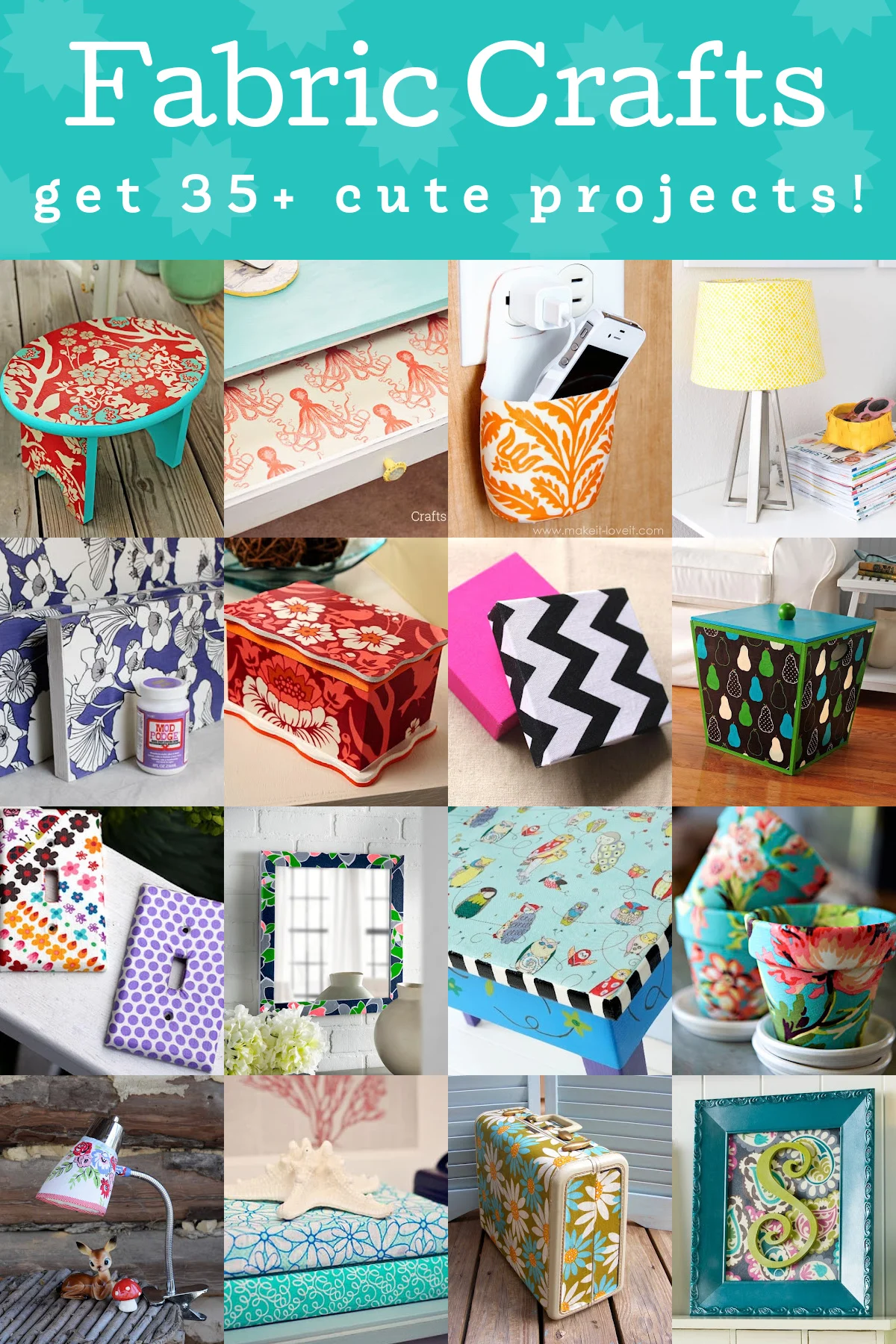
Credit: modpodgerocksblog.com
Frequently Asked Questions
What Can I Make With Fabric Easily?
You can easily make pillows, tote bags, headbands, scarves, and simple skirts with fabric. Try DIY curtains too.
What Can Be Made From Textiles?
Textiles can make clothing, home furnishings, bags, accessories, upholstery, curtains, towels, bed linens, and carpets. They are versatile.
How To Use Up Scraps Of Fabric?
Create patchwork quilts, sew tote bags, or craft small accessories like headbands and scrunchies. Make fabric bookmarks, keychains, or coasters. Reuse scraps for doll clothes or pet toys. Decorate greeting cards or create fabric art. Use pieces for mending clothes.
What Can I Make With Fabric For Kids?
You can make clothes, toys, blankets, and costumes for kids with fabric. Create fun, colorful, and durable items.
What Are Easy Fabric Projects For Beginners?
Simple items like pillowcases, tote bags, and scrunchies are great for beginners.
How Can I Make A Fabric Tote Bag?
Cut fabric, sew sides, add handles, and hem the edges.
What Tools Are Needed For Diy Fabric Projects?
Basic tools include scissors, sewing machine, needles, thread, and measuring tape.
Can I Use Old Clothes For Fabric Projects?
Yes, repurposing old clothes is eco-friendly and cost-effective.
How Do I Sew A Fabric Pillowcase?
Sew three sides of a fabric rectangle, then hem the open side.
Are There No-sew Fabric Projects?
Yes, you can make no-sew projects like fabric wreaths and tie blankets.
Conclusion
Transforming fabric into unique items is both fun and fulfilling. These DIY textile projects are simple and creative. With minimal effort, you can craft personalized pieces. Experiment with different fabrics and techniques. Enjoy the satisfaction of making something beautiful by hand.
Get inspired and start your next textile adventure today!
